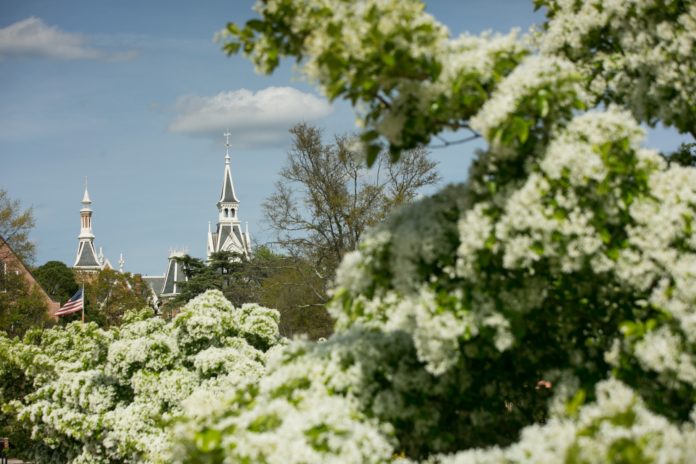My dad broke his femur the first Sunday morning in February. Because the femur is the largest bone in the human body, this is a serious injury. It is even more so because my dad is 92 years old.
I am grateful that he has received excellent care. The emergency medical technicians arrived almost immediately and transported him quickly to the hospital. The emergency team of doctors and nurses were waiting for him when he arrived. After a careful examination, it was determined that surgery was necessary. A highly skilled trauma surgeon was called in and successfully operated to repair the break with a metal plate and 14 screws.
My dad is now recovering in the hospital surrounded by dozens of nurses, physical therapists and hospital staff who are compassionately and professionally attending to his care. He is regaining his strength. He is learning how to walk one-legged with a walker. Soon he will be placed in a rehabilitation center to heal and become mobile again.
As I have watched all of this happen, I have been amazed at how many different people have contributed to his recovery. Each one, with their unique expertise and cheerful encouragement, has already had a hand in restoring his leg.
This recent experience made me think of the late, renowned anthropologist, Margaret Mead. She was lecturing at a university when an inquisitive student asked a perceptive question: “Dr. Mead, what was the first sign of civilization?”
What would she answer? Cave paintings? Crude tools and implements? Early language? After a thoughtful pause, Dr. Mead gave her answer.
She said that the first sign of civilization was a healed femur.
In humanity’s earliest days, a broken femur was a death sentence. Even if the victim could survive the injury and possible infections that might follow, they could not gather food for themselves. They could not defend themselves against attack. They would have difficulty sheltering themselves against nature’s harsh elements. A broken femur was a death sentence, unless some other person gave up their own rights to exclusive self-interest and provided care for the one who was injured.
Civilization first emerged in the human experience when one person shared food, provided protection and dressed the wounds of a fellow human being. Dr. Mead was imagining that what it means to be civilized — and human — is to grow beyond the limits of our ego-driven individualism toward a wider and richer compassionate community through which the broken are healed, the vulnerable are protected and the needy are cared for.
As we continue to live through this oppressive pandemic, it seems that we are constantly invited to choose how we will live.
Shall we live wrapped up in ourselves, concerned only with our own needs and interests? Or, shall we live as freely given gifts to others, opening our hearts and hands to those who are around us?
Shall we be consumed with self-love, or shall we love our neighbors as ourselves?
Truly, the richest people that I have ever met are those who share with others what they could keep for themselves, who risk their own security for the wellbeing of someone else, who fearlessly follow the path of love wherever it leads, who are learning to see the stranger as neighbor and even the enemy as brother or sister, who are glad to be helpers and healers for those with broken femurs and broken lives.
Like a blooming flower that breaks through its own seed-husk and stretches its stem and leaves outward and upward, so we too live into our civilized selves, our best and truest selves, when we generously share our lives in healing the brokenness of our world.










